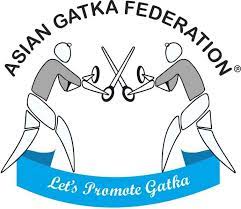ANCIENT HISTORY OF MARTIAL ART

The legacy of Sikh Gurus:

The glorious era of Sikh Gurus witnessed a surge in efforts to promote physical activities. Sri Guru Angad Dev ji, the second Sikh Guru, was a pioneer in promoting ‘Mallyudh’ or wrestling, marking it as a cornerstone of Sikh martial traditions. Sri Guru Hargobind Ji, the sixth Sikh Guru, alongside wrestling, implemented traditional Sikh martial arts and ‘Gatka’ which became integral to Sikh culture. Rooted in the teachings of Guru Sahibaan, Gatka symbolized not just self-defense but a broader ethos of courage and righteousness. The Sikh martial art transcended the realm of mere physical activities and became a testament to Sikh valor. This wasn’t merely about physical prowess but an embodiment of discipline and chivalry, echoing the Guru’s broader mission to prepare a community capable of defending the oppressed and upholding righteousness.
Yet, India’s sporting heritage extends far beyond these well-known facets. The country boasts a treasure trove of rural games, each brimming with unique traditions. These games offer a delightful respite, accessible not only to skilled athletes but to every member of the family seeking leisure and recreation. India’s regional diversity has gifted the nation with a rich tapestry of traditional sports, each with its unique regional flavor, often concealed within the boundaries of a specific state or region.
